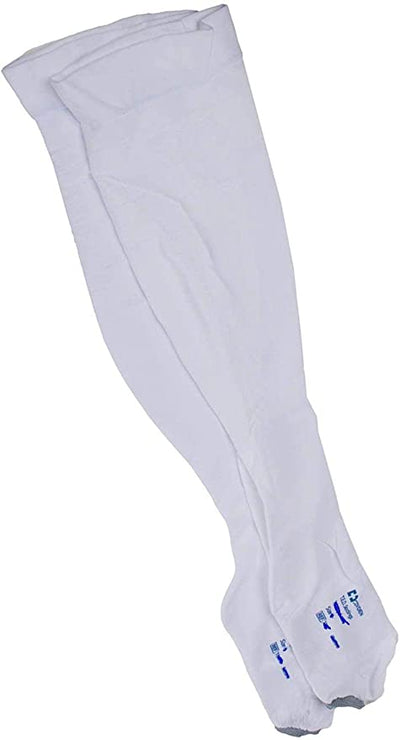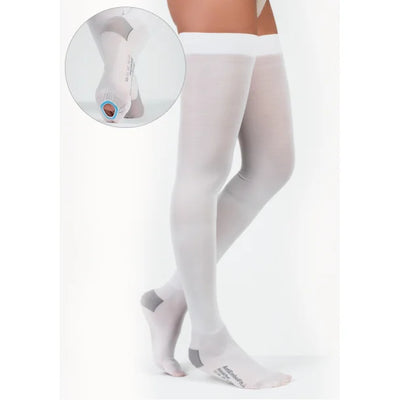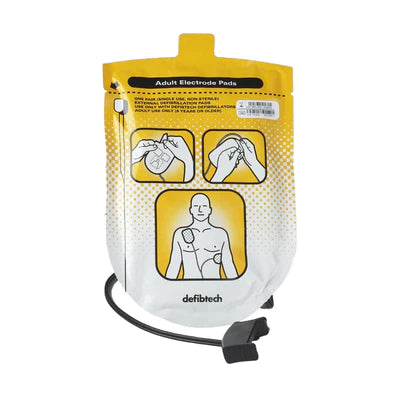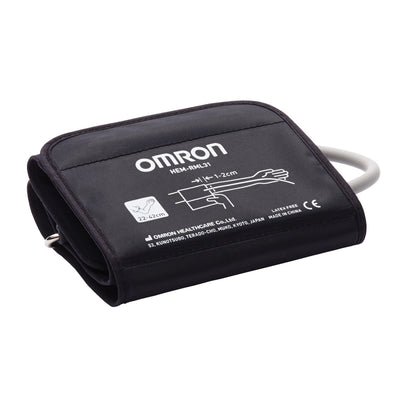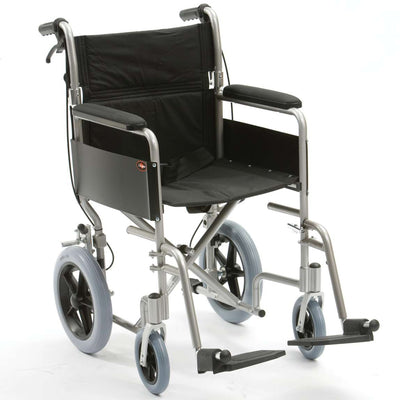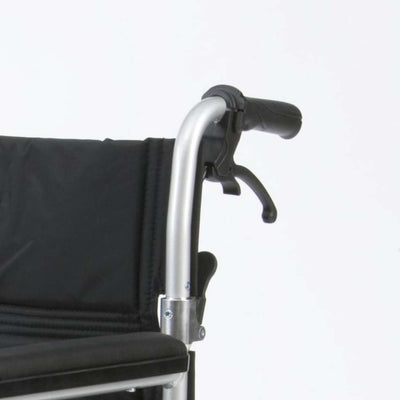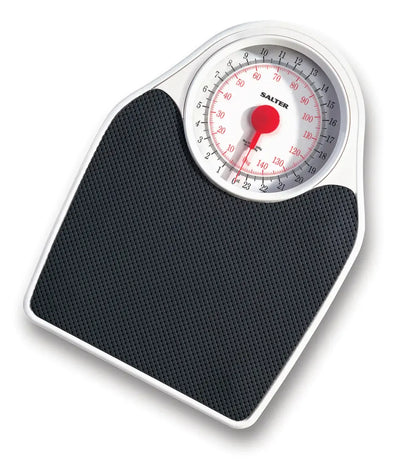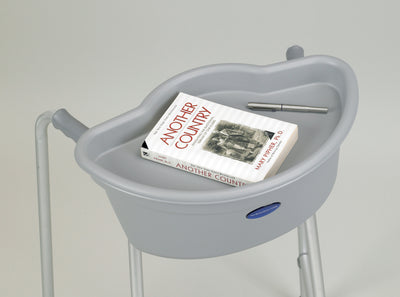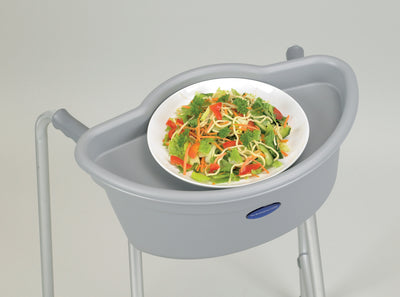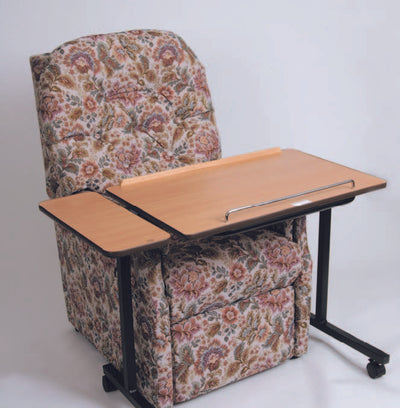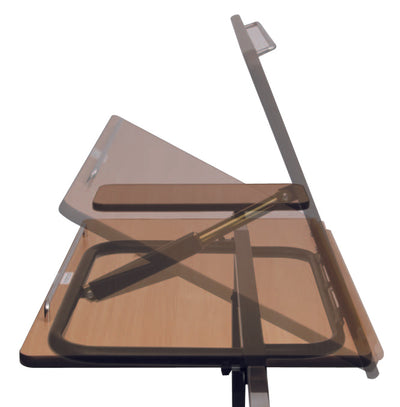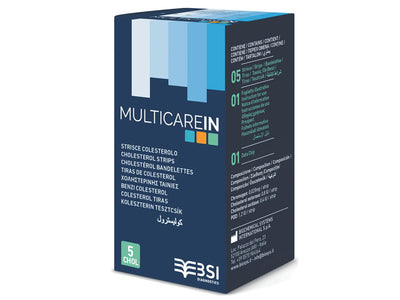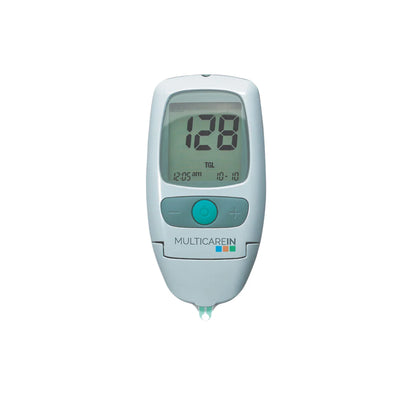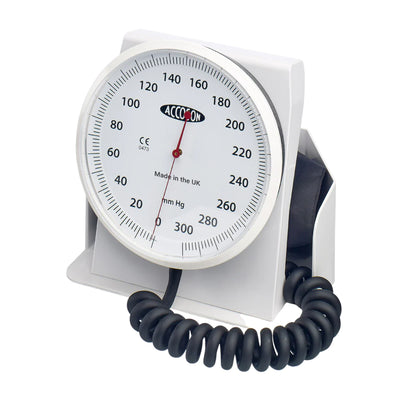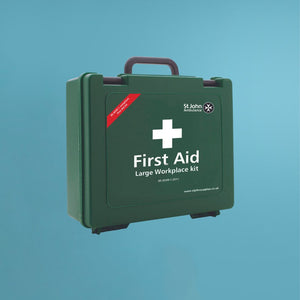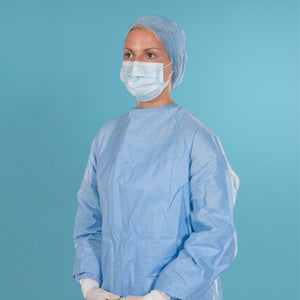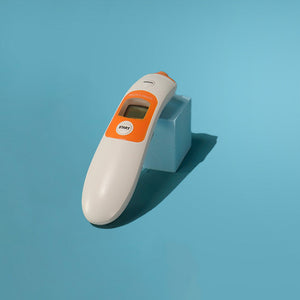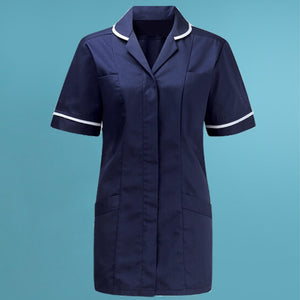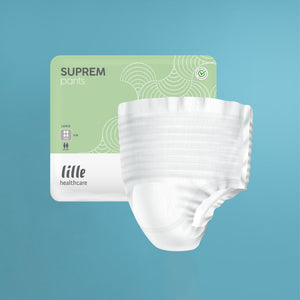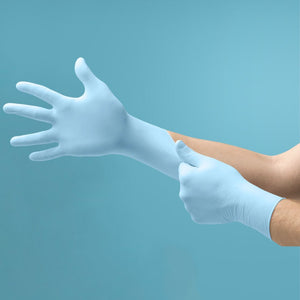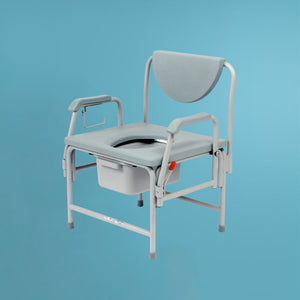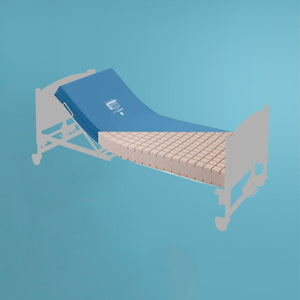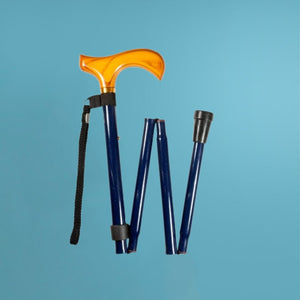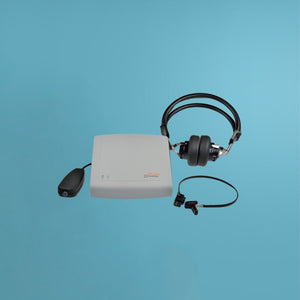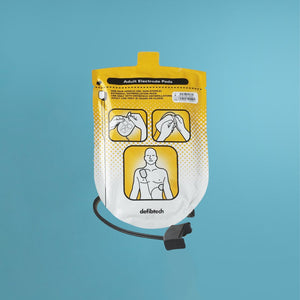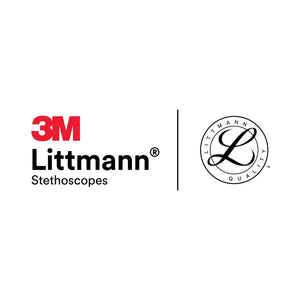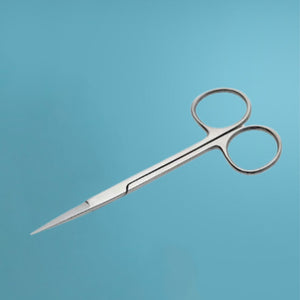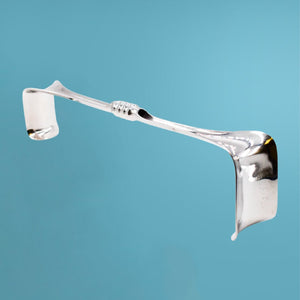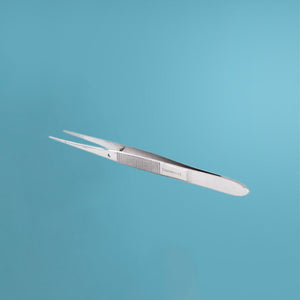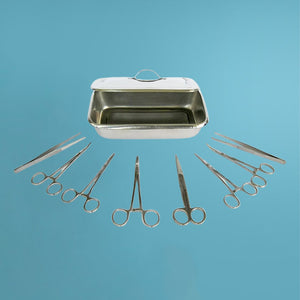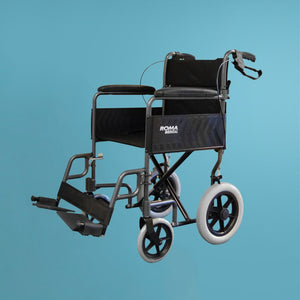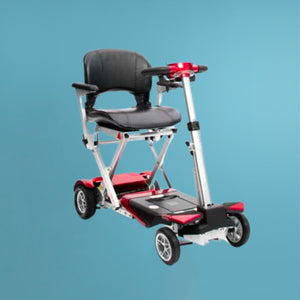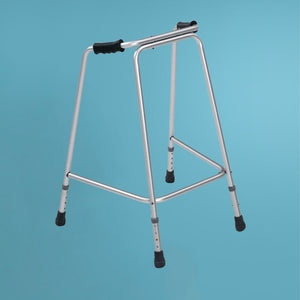Blogs
Enhance safety with reliable face masks and visors, and explore their varying levels of protection for informed prevention.
Frequently Asked Questions about Face Masks
27.12.2023
Why should I wear a face mask?
Masks are an important way to stop people from getting sick and potentially save lives.
Wearing masks that fit well should be part of a "Do it all!" plan that includes keeping a safe distance, avoiding crowded, closed, and close-contact places, making sure indoor spaces have good ventilation, washing hands often, and covering sneezes and coughs with a tissue or bent elbow.
Depending on the type, masks can either protect healthy people or help stop the spread of disease, or both especially if you buy a good quality mask.
When should I wear a face mask?
In places where there is a community that has flu or other diseases. People should wear a well-fitting mask that covers their nose and mouth when interacting with people who are not in their household.
This is true whether or not they have been vaccinated or have been infected before: in indoor settings where ventilation is known to be poor or cannot be assessed, or the ventilation system is not properly maintained, regardless of physical distance.
It is not always easy to tell how good ventilation is. If you're not sure, it's best to just wear a mask. Even though you are wearing a mask, you should stay as far away from other people as possible. Even if you have a mask on, you can't get close to people.
How many face masks do I need?
It's smart to have at least two medical masks you can trust. So, if one gets dirty, you'll have a clean one to put on.
How do I put on a face mask correctly?
Before you touch the mask, wash your hands with soap and water or a hand rub that contains alcohol.
Check the mask for holes or tears. Don't use a mask that's been damaged.
Adjust the mask so that your mouth, nose, and chin are all covered and there are no gaps on the sides.
Put the straps behind your ears or behind your head. Don't cross the straps, because that can leave gaps on the side of your face.
Don't touch the mask while it's on. Clean your hands if you touch it.
If your mask gets dirty or wet, you should change it.
How do I take off a face mask correctly?
Before you take off the mask, wash your hands.
To take off the mask, pull it off the ear loops without touching the front.
If you want to use your fabric mask again and it is not dirty or wet, put it in a clear bag that you can close. If you need to use it again, take it out of the bag by holding it by the elastic loops. Every day, clean your mask.
Can I reuse my face mask?
Most face masks are made to be thrown away after one use. Face masks shouldn't be used again once they get dirty or the inside gets wet. They can be sterilized and used again only rarely. If you want to use the mask more than once, you should keep it dry so it will last longer.
When is it safe to take my face mask off?
Remove face masks at home or in places without other people.
Must infants and young children wear a mask when indoors?
Children under 2 years old shouldn't wear face masks. People who have close contact with babies and young children should wear a face mask.
How well do face masks protect against COVID-19?
Masks should be used as part of a wide range of other steps to stop the spread of COVID-19 and save lives. Using a mask alone is not enough to keep you safe from COVID-19.
If COVID-19 is spreading in your area, you can stay safe by taking simple steps like keeping your distance, wearing a mask, keeping rooms well-ventilated, avoiding crowds, washing your hands, and coughing into a bent elbow or tissue. Check out what people where you live and work have to say. Do it all!
Make it normal to wear a mask when you're around other people. To be as effective as possible, masks must be used, stored, cleaned, and thrown away in the right way.
What is the best face mask for COVID-19?
Health care workers need to use "surgical" N95 respirators a. There may not be many of these, and there may be a lot of people who want them. The CDC says that the best way to protect yourself from the coronavirus is to wear a respirator mask like the N95. You can buy masks like these.
How do the different types of masks work?
N95s and KN95s, which are also called respirators, are made to fit very close to the face. If they fit right and meet the requirements, they can both catch and filter at least 95% of the tiny particles or aerosols that carry the virus that causes coronavirus disease (COVID-19).
Surgical masks are made of both paper and plastic. They are also known as disposable masks or masks for medical procedures. When worn right, surgical masks help block germ-filled large droplets, splashes, sprays, and splatters. But surgical masks aren't very good at keeping out tiny particles in the air. These particles, called "aerosols," are made when people breathe, talk, cough, or sneeze and are the main way that the virus that causes COVID-19 spreads.
Different kinds of fabrics can be used to make cloth masks. There are many different kinds of cloth masks. In general, cloth masks probably won't protect you well enough from the highly contagious Omicron variant of COVID-19, so they're not a good first line of defence.
How do I wash my cloth face mask?
To wash a mask by hand
After you clean out your sink, put some soap (or laundry detergent) and warm water in it. Wash it with any kind of soap. Swish your mask around in the water and soap to make sure it gets completely wet, and then rinse it really well.
How often should I clean my face mask or covering?
At least once a day, or as soon as a cloth mask gets wet or dirty, it should be washed. You can use a washer and dryer or wash and dry your masks by hand.
Do you still need to wear a face mask after you're vaccinated?
Experts are thinking about whether or not people who have been vaccinated should still wear masks during the pandemic.
They say that getting a shot doesn't mean you can't get the virus. The spread of new variants, like delta, may make it harder to figure out how well COVID-19 vaccines work.
Do I need to wear a mask if I am around someone who is at greater risk for getting COVID-19?
If you or someone in your family is at a high risk of getting sick, wear a mask or respirator with more protection in public indoor spaces where the COVID-19 Community Level is high.
If you test positive and are over 65 or have a high chance of getting very sick from COVID-19, you may be able to get treatment. Even if your symptoms aren't too bad right now, you should talk to a doctor right away if your test comes back positive.
Read more FAQs.
Learn More Now
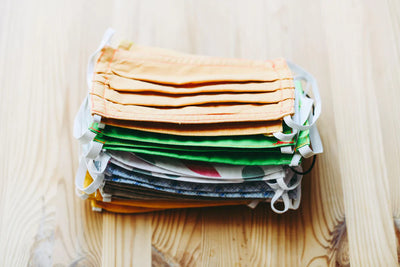
Do's and Don'ts about Face Masks
12.02.2024
Experts agree that wearing a face mask can protect people's health and slow the spread of any kind of flu. Some flu can spread through respiratory droplets that get into the air when people sneeze, cough, or even just talk. A mask acts as a barrier, stopping droplets from spreading to someone else.
Cloth masks and other thin masks are being sold to the public. However, these shouldn't be used during medical or surgical procedures in hospitals or clinics, where people are more likely to be exposed to germs. Masks like these can be used by the general public and in public places.
Moreover, a mask only works if it is worn correctly. Here's what you should and shouldn't do when you wear a face mask.
General Do’s And Don’ts Of Wearing Face Masks
Do’s
Wash your hands before putting the mask on. If you are unable to wash your hands, use a hand sanitiser that contains 60% alcohol.
Make sure the mask covers your mouth and nose and fits snugly along the sides of your face and over your chin.
Choose a mask that allows you to breathe easily.
Wear a mask in public, if you're able, especially when it's not possible to maintain a distance of six feet from other people who don't live in your household.
Wear a mask to protect others, even if you don't feel sick. Many cases of flu can be spread by people who don't know they're infected and don't experience symptoms.
Wash your mask after each use, either by washing machine or by hand. Disposable face masks should be used once and then thrown in the trash.
Don’ts
Don't put a mask on a child who is younger than two years old, or wear a mask if you have trouble breathing, are incapable or are unable to remove the mask without help. Masks should not be placed on unconscious people.
Don’t put a mask around your neck or forehead.
Don't touch the mouth-covering portion of the mask. Rather, take it on and off by touching the ties/ear loops. If you forget, wash or sanitize your hands.
Don't wear a mask while participating in activities where the mask may become wet, such as swimming.
Don't get too close to people who don't live in your household. Make sure to maintain at least six feet of distance, avoid people who are sick and wash your hands frequently.
Do’s And Don’ts Of Wearing A Face Mask For Healthcare Personnel
Do’s
Secure the elastic bands around your ears.
Secure the ties at the middle of your head and the base of your head.
When removing your face masks, DO leave the patient care area, then clean your hands with an alcohol-based hand sanitiser or soap and water.
Remove your facemask touching ONLY the straps or ties, throw it away*, and clean your hands again.
Don'ts
Don’t wear your face mask under your nose or mouth.
Don’t allow a strap to hang down.
Don’t cross the straps.
Don’t touch or adjust your facemask. without cleaning your hands before and after.
Don’t wear your face mask on your head.
Don’t wear your face mask around your neck.
Don’t wear your facemask around your arm.
How To Choose A Face Mask?
It is important to choose face masks that can do a good job of filtering the air for the best results. Do not choose masks with valves that let out air, as this can allow droplets of exhaled breath to escape and put others at risk.
Always choose a facemask that:
Is made out of at least two or three layers of fabric. As a general rule, you shouldn't be able to see through the material when you hold it up to the light.
Has layers of different fabrics, such as layers that don't let water in, a layer that has a filter to remove particles and a layer on the inside that can soak up drops from the wearer's mouth.
Fits well around the face and chin and covers the nose and mouth completely to keep exhaled droplets from getting out.
Conclusion
Medical masks are worn during surgery or other procedures. They can be flat or pleated (some look like cups), and they are held on with straps. One way to stop the spread of some respiratory diseases, like 2019-nCoV, in areas that are already affected is to wear a medical mask.
But just wearing a mask isn't enough to keep you safe. You should also take other measures that are just as important. If masks are used, they must be used with good hand hygiene and other Infection prevention and control measures to stop any kind of viruses from spreading from person to person.
FAQs
1. Are disposable masks reusable?
Medical-grade face masks, nonmedical-grade face masks, and respirators all have the same thing in common: they are made to be used only once. But that doesn't mean you have to throw away your mask after just one use. Depending on the mask and how long you wear it, if you take it off and store it correctly, you can wear it more than once. However, if you are working as healthcare personnel, it is advisable to dispose of your medical mask after every use.
2. What is the best face mask for COVID-19?
The CDC gives an overview of the different masks and respirators that are available. In general, the most important things you can do are to choose a mask that fits well and to wear it regularly and correctly when it is suggested or when it is required.
Learn More Now
